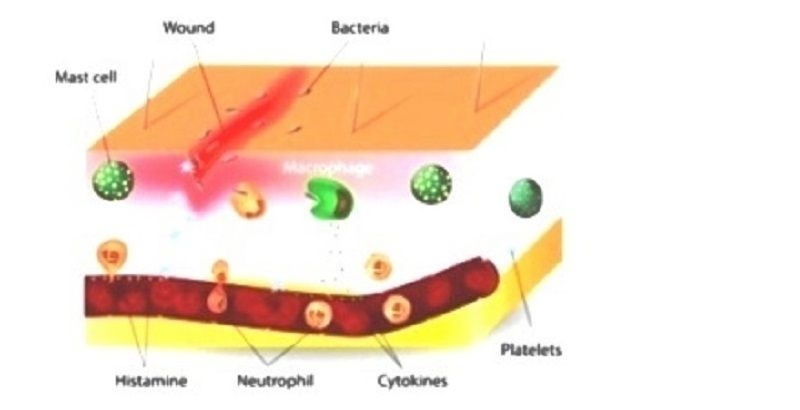Indice
- 1. Pathophysiology of Disseminated Intravascular Coagulation (DIC). Pathogenesis of DIC in Sepsis. Pathogenesis of DIC in Trauma
- 2. Pathogenesis of DIC in Obstetrics and Gynecologic Disorders. Pathogenesis of DIC in solid tumors and in acute promyelocytic leukemia. Pathogenesis of DIC in burn injuries. Pathogenesis of DIC in Term and Preterm neonates
- 3. Clinical and laboratory diagnosis of DIC
- 4. Treatment and prognosis of DIC

